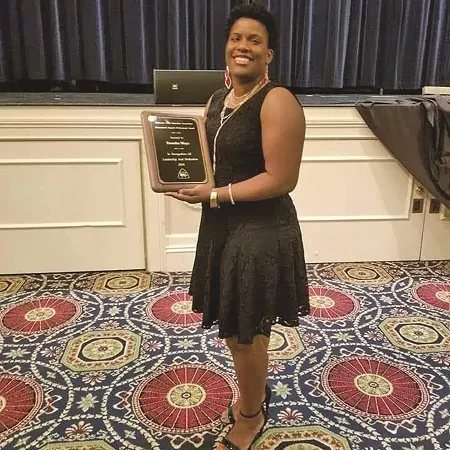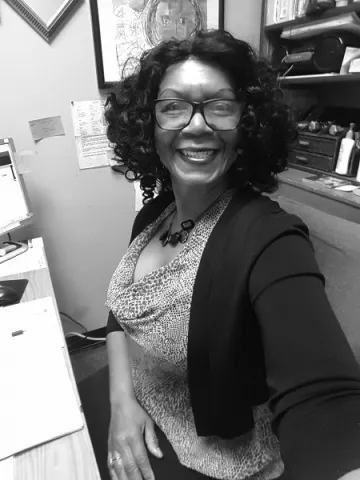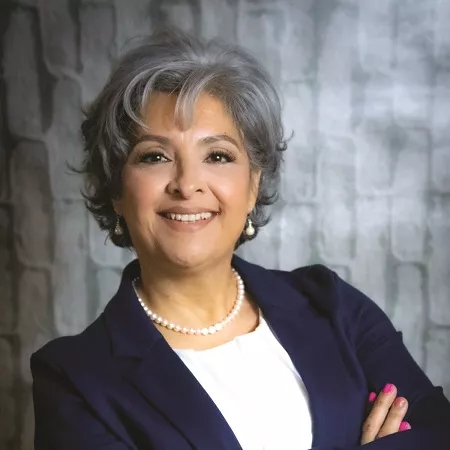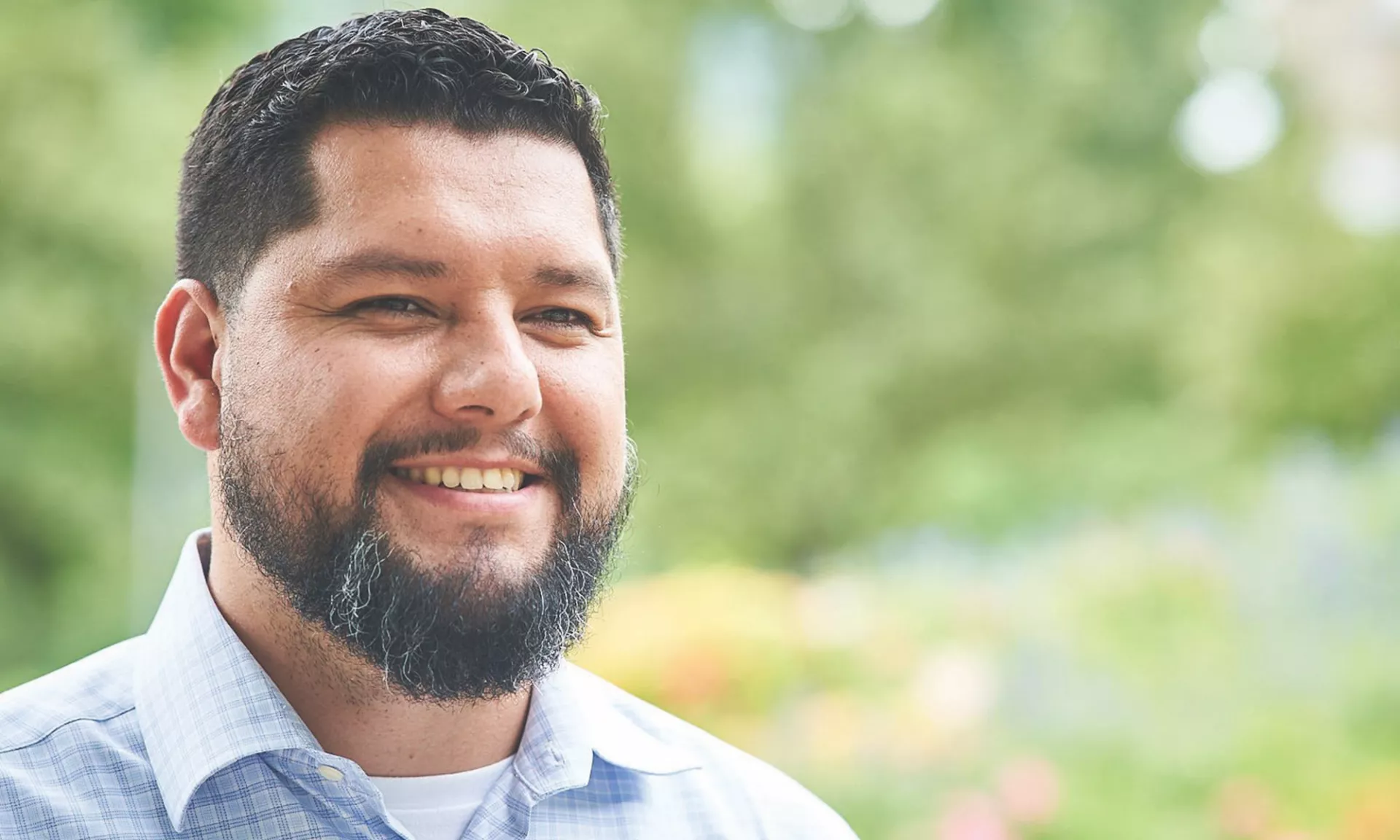What makes a good leader? Just ask these four support professionals who have answered the call to advocate for public education.
Enrique Farrera
Academic advisor and career coach
Oregon City, Oregon
Farrera (pictured above) began his union leadership journey as a building representative, in 2012. That’s when he first witnessed the inequities that school support staff experience. And low pay was not the only problem.
“We are oftentimes seen as second class,” says Farrera, who works at Clackamas Community College. “But schools do not function without us.”
Now, as vice president of the Oregon Education Association, Farrera continues to focus on equity.
That work began when he was president of the Oregon City Education Association. Through his leadership, support staff who were required to be bilingual started receiving additional pay.
In his current role, he created a seat on the state budget committee for the racial equity director, ensuring that equity would be a consideration in the budget process.
“We’re currently working on a state-wide wage campaign,” he says. “The goal is a livable, competitive salary.
“People can work at In-N-Out Burger for $17 an hour, while our ESPs make less than that. We need to raise their salaries.”
He also encourages support staff to get more involved.
“Find a field you feel comfortable in and begin to advocate for support staff, but also for every educator across the organization,” he suggests. “When we build a bond among educators and learn how the system is interconnected, we have a stronger voice.”
Tameka Mays
Paraprofessional
New Castle, Delaware

Mays was recently elected vice president of the Delaware State Education Association. She worked her way up through the leadership ranks, serving as a building representative at George Read Middle School, as vice president of her union’s collaborative bargaining team, and as president of the Colonial Paraprofessional Association, among other positions.
“Listening to members’ stories inspires me to continue this work,” Mays says. “I want them to know that they have value, that they have a voice, and that together we can make real change for public education.”
Mays’ goal? “Leave public education in Delaware better than I found it,” she says.
She’s worked on big issues, such as increasing pay for paraprofessionals who cover classrooms, and small changes with major impact, like providing adult-size chairs for staff in pre-K classrooms.
Mays also wants to give voice to support professionals and encourage them to step into leadership roles.
“Find a mentor who can help you avoid pitfalls, encourage you when you are struggling, and tell you when you need to do better,” she advises.
Audrey Nichols
Bookkeeper
Pulaski County, Arkansas

“I am one of the brothers and sisters in the cause trying to better myself and others by being a staunch advocate for all educators and for everyone to be in the union,” says Nichols of her role as secretary-treasurer of the Arkansas Education Association (AEA).
Nichols, who works at Landmark Elementary School, says her advocacy grew out of being a mother of four children. Her oldest has Down syndrome, and she had to fight with the school and school board to ensure that her son was included in school activities—an experience that taught her how to speak up in the system.
She joined the union on her first day on the job, in 1996. Later, when her local went on strike, she was the strike secretary and took notes on the process from start to finish.
Her colleagues took notice of her and encouraged her to stay involved.
“It took somebody pulling me along and telling me, ‘I see something in you,’” Nichols says. “AEA and NEA afforded me opportunities to be in leadership, and it makes me understand more clearly the workings of what’s going on.”
Attending NEA’s ESP Leadership Institute, she says, “just opened up my world. … I went in as a mom and a preacher’s wife, and I came out a leader with a voice for myself.
“When you find your passion, you find your voice,” she adds. “You are capable of standing and being heard, and you have a story to tell.”
Linda Estrada
Campus secretary
Donna, Texas

“I am all about fairness and will speak up, whether it’s about our students or our educators,” says Estrada, who is vice president of the Texas State Teachers Association (TSTA) and works at Dora M. Sauceda Middle School. “I will … help organize the members to make sure issues are being addressed.”
Earlier in Estrada’s career, state and local leaders saw her potential and invested in sending her to trainings, such as the TSTA Ambassador Academy and NEA’s ESP Leadership Institute. The trainings, she says, were pivotal in preparing her to be an effective leader.
Among her many achievements, she is most proud of getting due process language implemented as president of her local, Donna TSTA, which assured that ESPs would not be fired without just cause.
Her advice to other support professionals? “Ask questions! Reach out to your local president or state affiliate for leadership trainings. Don’t let anyone stop you from getting the support you need.”
You can be a leader, too. Sign up for the NEA ESP Leadership Institute at nea.org/espli.




